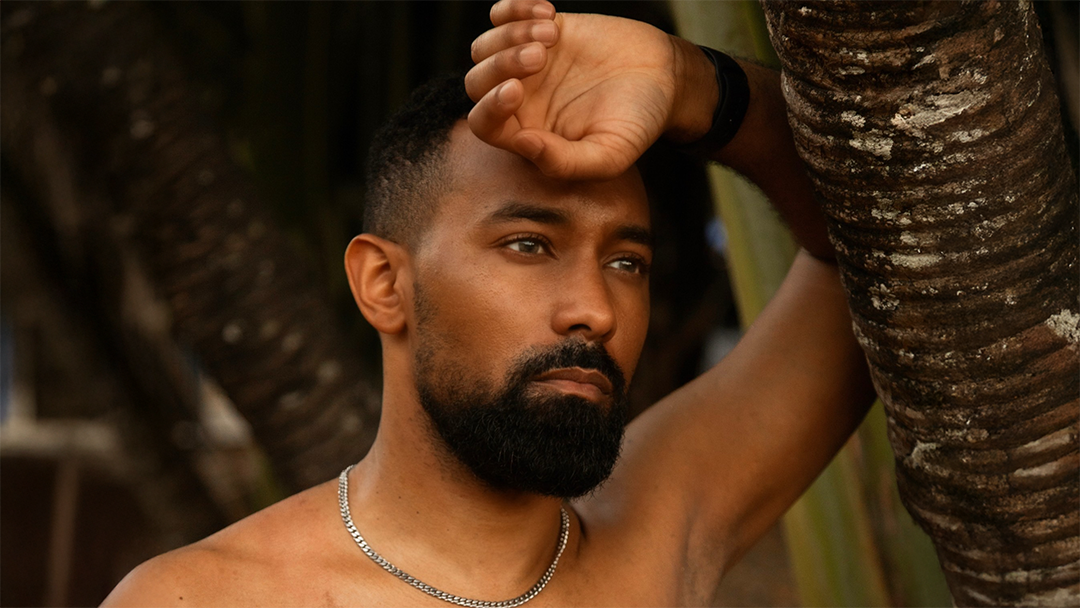WARNING: The following contains spoilers for Rust-Eater Bisco Season 1, Episode 4, "Ride the Crab," now streaming on Crunchyroll and Funimation.
In Rust-Eater Bisco Episode 4, the race to save Pawoo and Jabi continued, but the latest episode pumped the brakes to flesh out the rest of the series' desolate world. The episode takes place entirely outside of Imihama, giving viewers a taste of how Japan's landscape has transformed as a result of the Rusting. The first three episodes were necessarily action-packed and fast-paced to keep the exposition from feeling cumbersome. While the stakes for both main characters are dire, the series has so far avoided being too somber and melancholic. Episode 4 had a noticeable change in pace but managed to slow down without feeling like filler or minimizing the importance of Bisco and Milo's time-dependent mission.
As they take a moment to rest, Milo told Bisco that while Pawoo should have around three months left to live because of the mushroom injections he'd administered, Jabi had maybe only a month given the severity of his Rusting. He and Bisco discussed how best to get to Akita, the location said to have the Rust-Eater mushroom, and it became painfully clear that there are few options available. Bisco knew that traveling solely on Actagawa would take too long, especially with Jabi's incredibly limited time left, and the fastest option would put them right in the Watch's line of sight.
Compared to previous episodes, Episode 4 was also more light-hearted to help develop the buddy-cop nature of Bisco and Milo's partnership. Their contrasting personalities were on full display as Milo tried to learn how to ride and communicate with Actagawa. Milo's failures provided comic relief, while also showing the loyalty Actagawa has to Bisco. Rust-Eater Bisco certainly isn't the first anime to feature a main duo with opposing demeanors, but it will be interesting to see how these two might be forced to change as they struggle to achieve the same goal. Interesting still will be if the pair grows into a larger party.
The episodes thus far have hinted at the wasteland outside of Imihama, with the immediate area outside the city limits a vast desert of dunes. Episode 4 expanded the scope, showing audiences how the Rusting has impacted Japan's infrastructure and left it an overgrown ghost town. Powerlines marked the abandoned roads and not a soul was shown to be traversing the wilds until Tirol appeared. She tried to steal Actagawa following another of Milo's failed attempts to ride him, only to be foiled by Bisco and his mushroom arrows. When Bisco and Milo approached a shrine for shelter, they encountered Tirol again and learn her desertion from Governor Kurokawa's special forces came at a price.
Upon entering, Bisco and Milo found Tirol choking as she sits in the dark. Milo took action to clear whatever is blocking her windpipe, grotesquely revealing a balloonworm to be the culprit. It's explained that these worms were used to prevent slaves from escaping and on prisoners. They only hatch as escapees lose access to the life-saving drugs provided during their servitude. Imihama may be the typical picture of a gritty, post-apocalyptic city and the inequity that comes with it, but the reveal that Governor Kurokawa used it on his special forces foreshadows the dark lengths this society is willing to go to keep its crumbling world functioning.
Bisco's plan to get to Akita was ultimately foiled once the giant crab the shrine was revealed to sit atop attacked mines, blowing it sky-high. Traversing the abandoned railways, albeit dangerous in its own right, was supposed to be the safest and quickest way to travel and stay off the Watch's radar. This sudden change of plan sets the stage for the next episode, with uncertainty shrouding Bisco and Milo's journey to Akita and plenty of trepidation towards what other government secrets will be revealed.
About The Author

